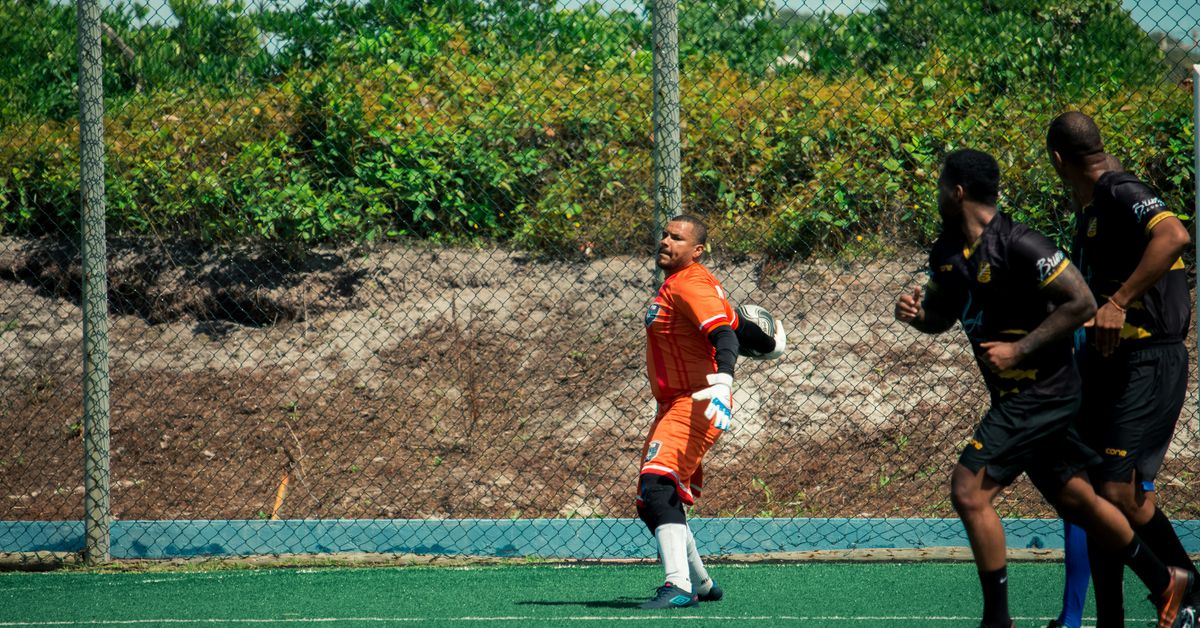
Advancing Gender Equality in Sports Governance
Sports governance, traditionally dominated by men, has increasingly become a focal point for advocates of gender equality. While progress has been made in recent years, disparities persist in leadership roles, decision-making processes, and resource allocation within sports organizations worldwide. This article explores the challenges, initiatives, and potential solutions to advance gender equality in sports governance.
Current Landscape
As of recent statistics, women remain significantly underrepresented in sports governance. According to the International Working Group on Women in Sport (IWG), women hold only 24% of decision-making positions across National Olympic Committees globally. The disparity is even more pronounced at higher levels of governance, such as executive boards and presidential roles.
This gender gap is often attributed to historical norms, stereotypes, and institutional barriers that perpetuate male dominance in sports leadership. These barriers include:
- Lack of opportunities for women to enter leadership positions
- Gender bias and discrimination in recruitment and selection processes
- Unequal access to resources and networks
- Cultural and societal expectations regarding gender roles
Initiatives and Strategies
Efforts to promote gender equality in sports governance have gained momentum globally. Organizations and stakeholders are implementing various strategies to address the underlying issues:
- Quotas and Targets: Many sports bodies have adopted gender quotas or targets to ensure a minimum representation of women in decision-making roles. For instance, the International Olympic Committee (IOC) aims for a minimum of 30% female participation in its governance structures.
- Leadership Development: Initiatives promoting leadership training and mentorship programs specifically for women in sports are becoming more prevalent. These programs aim to equip women with the skills and networks necessary to succeed in governance roles.
- Advocacy and Awareness: Campaigns and advocacy efforts raise awareness about gender inequality in sports governance and advocate for policy changes. This includes challenging stereotypes and biases that hinder women’s advancement.
- Transparency and Accountability: Increased transparency in recruitment processes and decision-making helps mitigate bias and ensures accountability in achieving gender equality goals.
Case Studies
Several countries and sports organizations have made notable strides in advancing gender equality:
“In Sweden, the Swedish Sports Confederation has achieved gender parity on its board by implementing quotas and actively recruiting women leaders.” – Swedish Sports Confederation
Similarly, the Australian Institute of Sport has launched the Women Leaders in Sport program, which has significantly increased female representation in key governance roles within Australian sports organizations.
Challenges Ahead
Despite progress, significant challenges remain in achieving comprehensive gender equality in sports governance:
- Resistance to change and entrenched cultural norms
- Insufficient support and funding for gender equality initiatives
- Limited data and research on gender disparities in sports governance
Addressing these challenges requires continued collaboration among stakeholders, sustained advocacy efforts, and a commitment to institutional reform.
Conclusion
Advancing gender equality in sports governance is not only a matter of fairness but also essential for maximizing the potential of sports organizations. By fostering diverse leadership and inclusive decision-making processes, sports bodies can better reflect and serve their diverse constituencies. Through targeted initiatives, advocacy, and sustained efforts, achieving gender equality in sports governance is an attainable goal with far-reaching benefits for the sports community and society at large.



